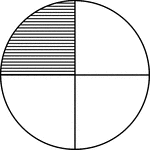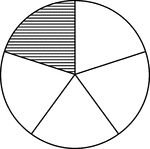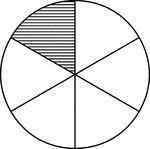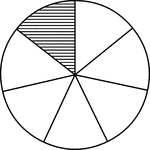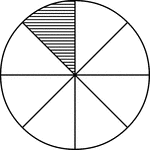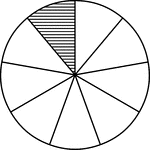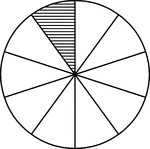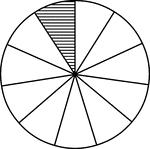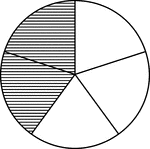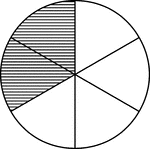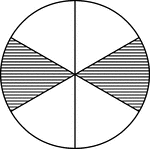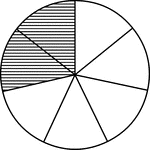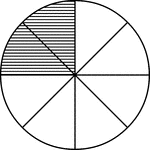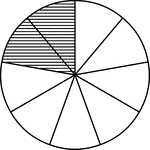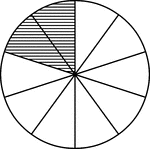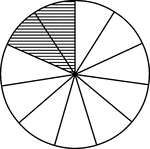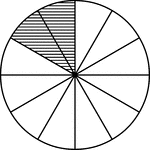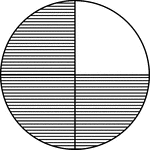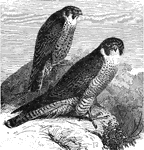
Two Peregrine Falcons
"Falco peregrinus. Peregrine Falcon. Duck Hawk. Great-footed Hawk. A medium-sized falcon, about as large…

Common Kestral
Falco tinnunculus. Common Kestral. This bird is a European bird of prey. Plumage on upperside, chestnut-brown…
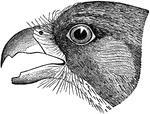
Sparrow Hawk
"Falco sparverius. Rusty-crowned Falcon. Sparrow Hawk. Adults: Crown ashy-blue, with a chestnut patch,…

Red-tailed Buzzard
"Buteo borealis. Red-tailed Buzzard. "Hen Hawk". Upper surface of tail rich chestnut, with white tip…
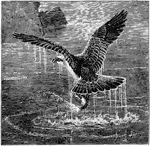
Osprey
An Osprey catching a fish. "Pandion haliaetus. Fish Hawk. Osprey. Adult. dark vandyke- brown, blackening…

Canada Grouse
"Canace canadensis. Canada Grouse. Spotted Grouse. Spruce Grouse. Spruce "Partridge." Adult: Head smooth,…

Sharp-tailed Grouse
"Pediaecetes phasianellus Columbianus. Common Sharp-tailed Grouse. Upper parts closely and pretty evenly…
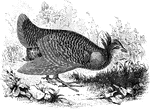
Prairie Hen
"Cupidonia cupido. Pinnated Grouse. Prairie Hen. Above, variegated with black, brown, tawny, or ochrey,…

Male and Female Bob-whites
"Ortyx virginiana. Virginia Partridge or "Quail". Bobwhite. Male: Forehead, superciliary line, and throat,…
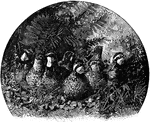
Bob-white Family
"Ortyx virginiana. Virginia Partridge or "Quail". Bobwhite. Male: Forehead, superciliary line, and throat,…
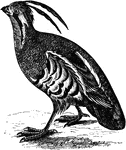
Mountain Quail
"Orortyx picta. Plumed Partridge. Mountain Quail. Back, wings and tail olive-brown, the inner secondaries…

Massena Quail
"Cyrtonyx massena. Massena Partridge. Male: Upper parts intimately waved with black and reddish-brown…
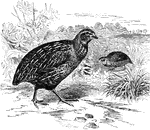
Common Quail of Europe
"Coturnix dactylisonans. Messina Quail. Migratory Quail. Common Quail of Europe. Upper parts variegated…

Four-toed Plover Bill and Hind Toe
"Squatarola. Four-toed Plover. A small but distinct hind toe, contrary to the rule in this family. Tail…
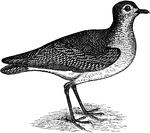
American Golden Plover
"Charadrius dominicus. American Golden Plover. Field Plover. Bull-head Plover. Upper parts black, everywhere…

Kildeer Plover
"Aegialites vociferus. Kildeer Plover. Above, grayish-brown, with an olive shade, and in high plumage…
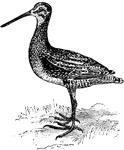
Small Wilson's Snipe
"Gallinago wilsoni. American Snipe. Wilson's Snipe. "English" Snipe. Jack-Snipe. Crown black, with a…

American Woodcock
"Philohela minor. Woodcock. Bog-sucker. Colors above harmoniously blended and varied black, brown, gray,…
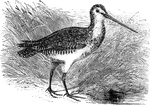
Wilson's Snipe
"Gallinago wilsoni. American Snipe. Wilson's Snipe. "English" Snipe. Jack-Snipe. Crown black, with a…
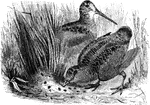
Probing American Woodcock
"Philohela minor. Woodcock. Bog-sucker. Colors above harmoniously blended and varied black, brown, gray,…
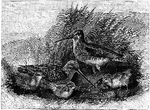
Family of Snipes
"Gallinago wilsoni. American Snipe. Wilson's Snipe. "English" Snipe. Jack-Snipe. Crown black, with a…
Red-breasted Snipe Head
"Macrorhamphus griseus. Red-breasted Snipe. Gray Snipe. Brown-back. Dowitcher. In summer:Under parts…
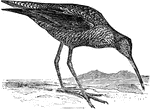
Stilt Sandpiper
"Micropalama himantopus. Stilt Sandpiper. In summer: blackish, each feather edged and tipped with white…

Willet Head
"Symphemia semipalmata. Semipalmated Tattler. Willet. Adult in summer: Upper parts ashy, confoundedly…

Willets
"Symphemia semipalmata. Semipalmated Tattler. Willet. Adult in summer: Upper parts ashy, confoundedly…

Greater Yello-shanks
"Totanus melanoleucus. Greater Tell-tale. Greater Yellow-shanks. Long-legged Tattler. Stone-snipe. Bill…

Solitary Sandpiper
"Rhyacophilus solitarius. Solitary Tattler. American Green Sandpiper. Solitary Sandpiper. Above, dark…

Spotted Sandpiper
"Tringoides macularius. Spotted Sandpiper. Above, silken ashen-olive (quaker-color- as in our cuckoos)…
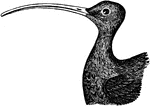
long-billed Curlew
"Numenius longirostris. Long-billed Curlew. Sickle-bill. Plumage very similar to that of the Godwit,…
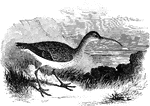
Hudsonian Curlew
"Numenius hudsonicus. Hudsonian Curlew Jack Curlew. General tone of coloration scarcely rufous, the…

Clapper Rail
"Rallus longirostris crepitans. Clapper Rail. Salt-water Marsh-hen. Mud-hen. Above, variegated with…
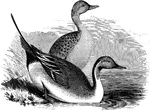
Pin-tail Ducks
"Dafila acuta. Pin-tail Duck. Sprig-tail. Bill black, with grayish-blue edge of upper mandible; feet…
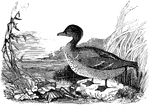
American Green-winged Teal
"Querquedula (N.) carolinensis. American Green-winged Teal. Bill black; feet bluish-gray: iris brown.…
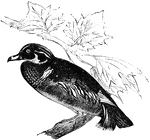
Wood Duck
"Aix sponsa. Wood Duck. Summer Duck. "The Bride." Adult Male: Bill pinkish-white, with lake-red base,…

Canvas-back Head
"Fuligula vallisneria. Canvas-back. Adult male: The head close-feathered. Bill high at the base and…
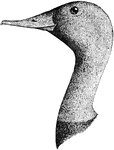
Large Canvas-backs Head
"Fuligula vallisneria. Canvas-back. Adult male: The head close-feathered. Bill high at the base and…
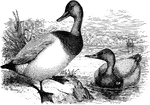
Canvas-backs
"Fuligula vallisneria. Canvas-back. Adult male: The head close-feathered. Bill high at the base and…

Red-breasted Merganser
"Mergus serrator. Red-breasted Merganser. Nostrils near base of bill. Frontal feathers extending obtusely…

European Hawk
"Buteo vulgaris. hawk of Europe, Upper parts dark brown, very variable in shade according to season…
